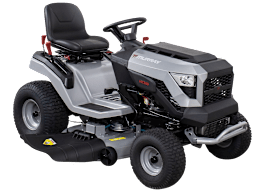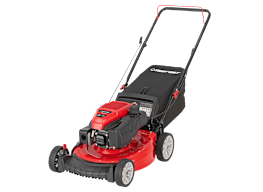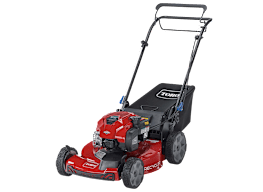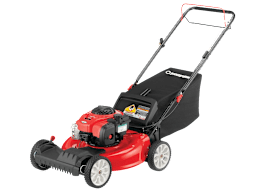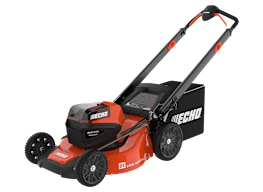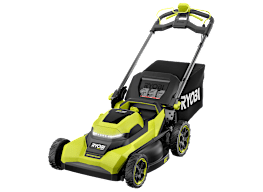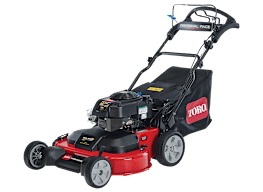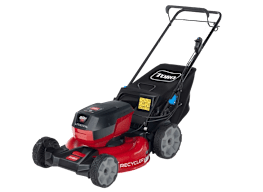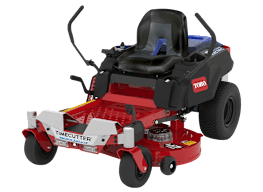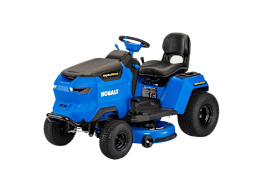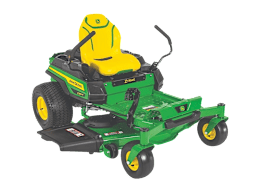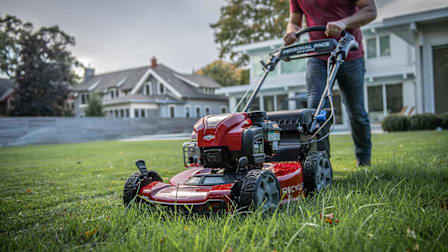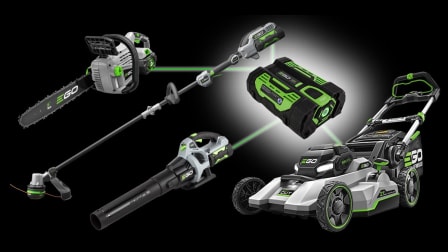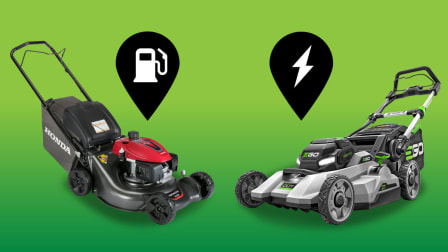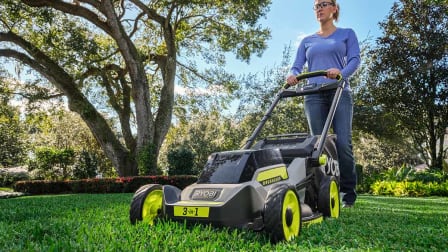Best Robotic Lawn Mowers of 2025
You’ve already ditched your vacuum for a robot. Is it time to ditch your push lawn mower, too?
When you shop through retailer links on our site, we may earn affiliate commissions. 100% of the fees we collect are used to support our nonprofit mission. Learn more.
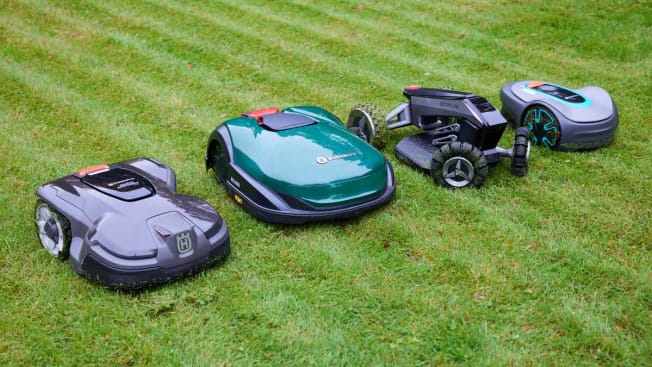
The sweet annual arrival of spring, and summer soon after, is a time characterized by chirping birds, flowering trees, and lawns starting to green again. It welcomes the return of an outdoor chore you may have forgotten about since last season: mowing the lawn.
Some love spending the time outside, with headphones or noise-blocking earmuffs on, breathing in the scent of freshly cut grass. Others prefer to leave the task to a professional, though that comes with an ongoing cost. But robotic lawn mowers (also sometimes called automowers) are a third viable option that can save you time, effort, and money in one convenient product, according to Consumer Reports’ tests.

















